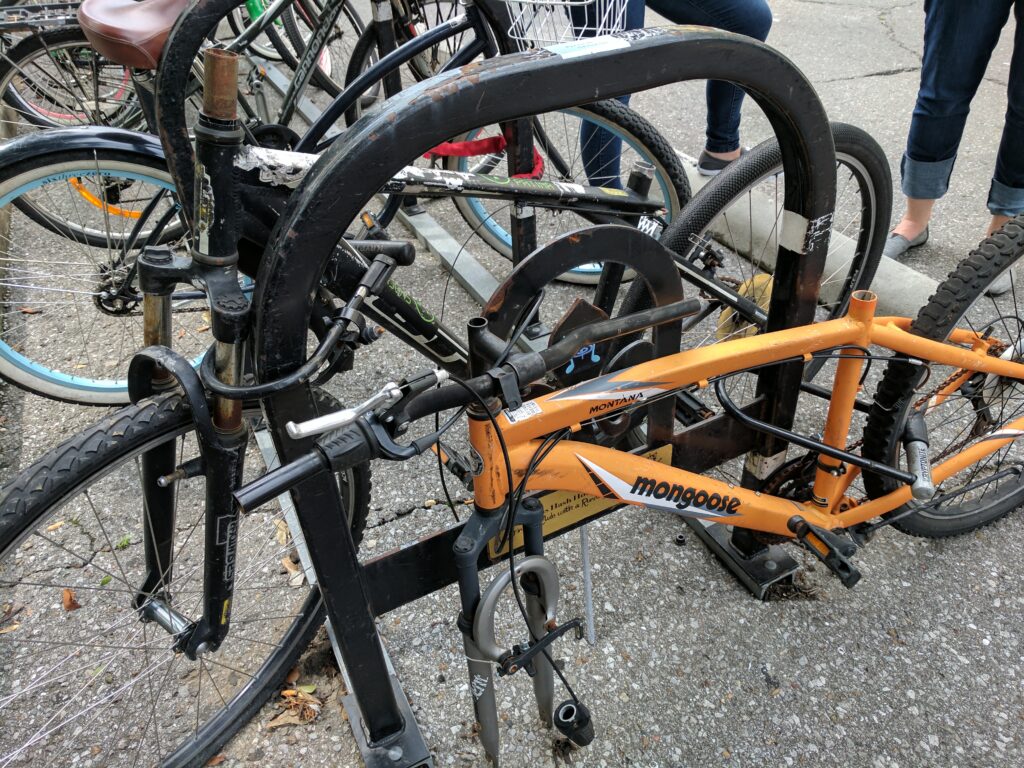How Open Source Communities Work
Several happenings over the weekend are case studies in how open source software communities work. The Dev Behind a Hugely Popular GNOME Extension Just Quit While the news is about a developer quitting because it’s not “fun”. I think the message – or messages – are deeper than that. Isn’t it awesome that are free […]
How Open Source Communities Work Read More »
